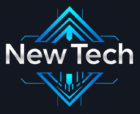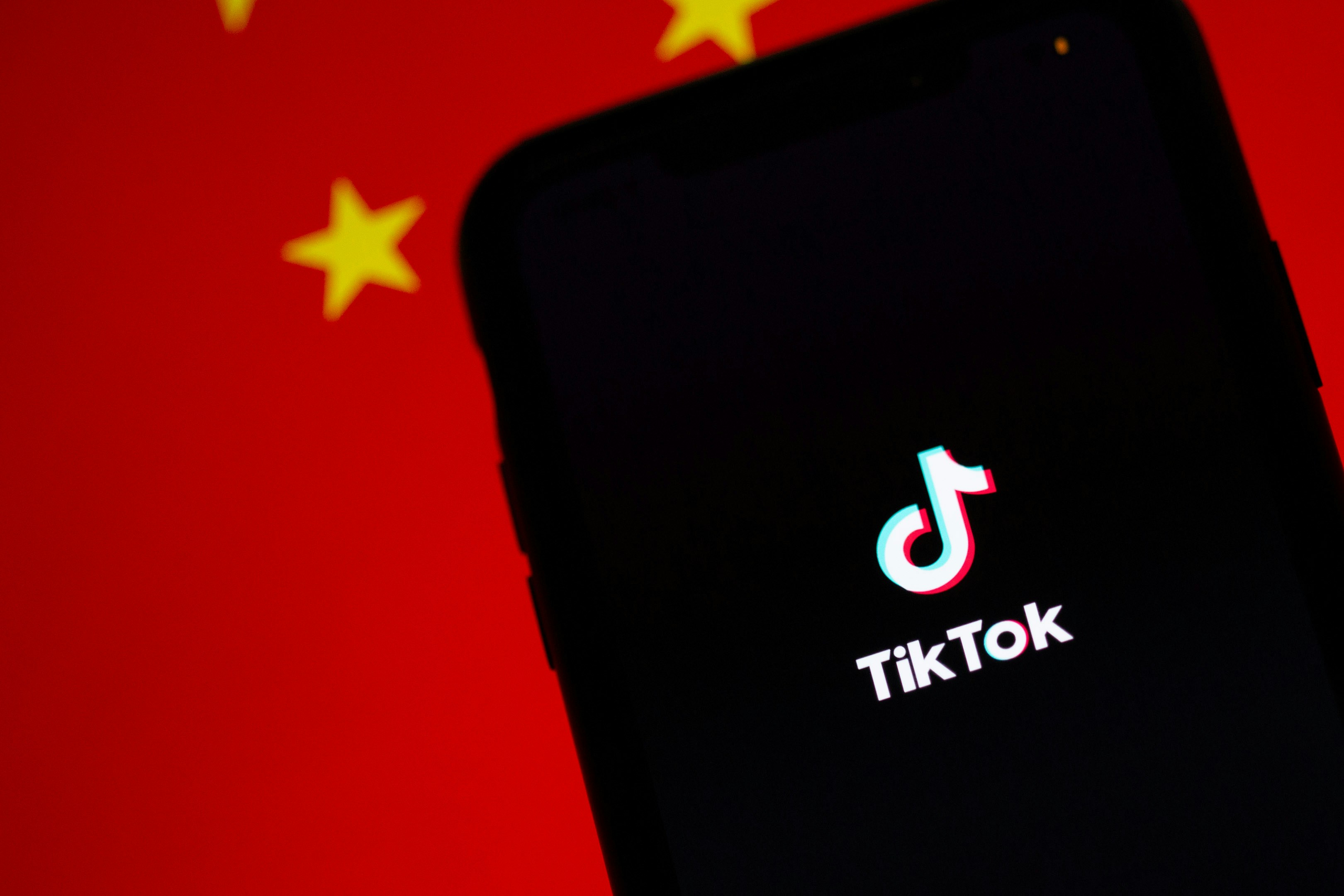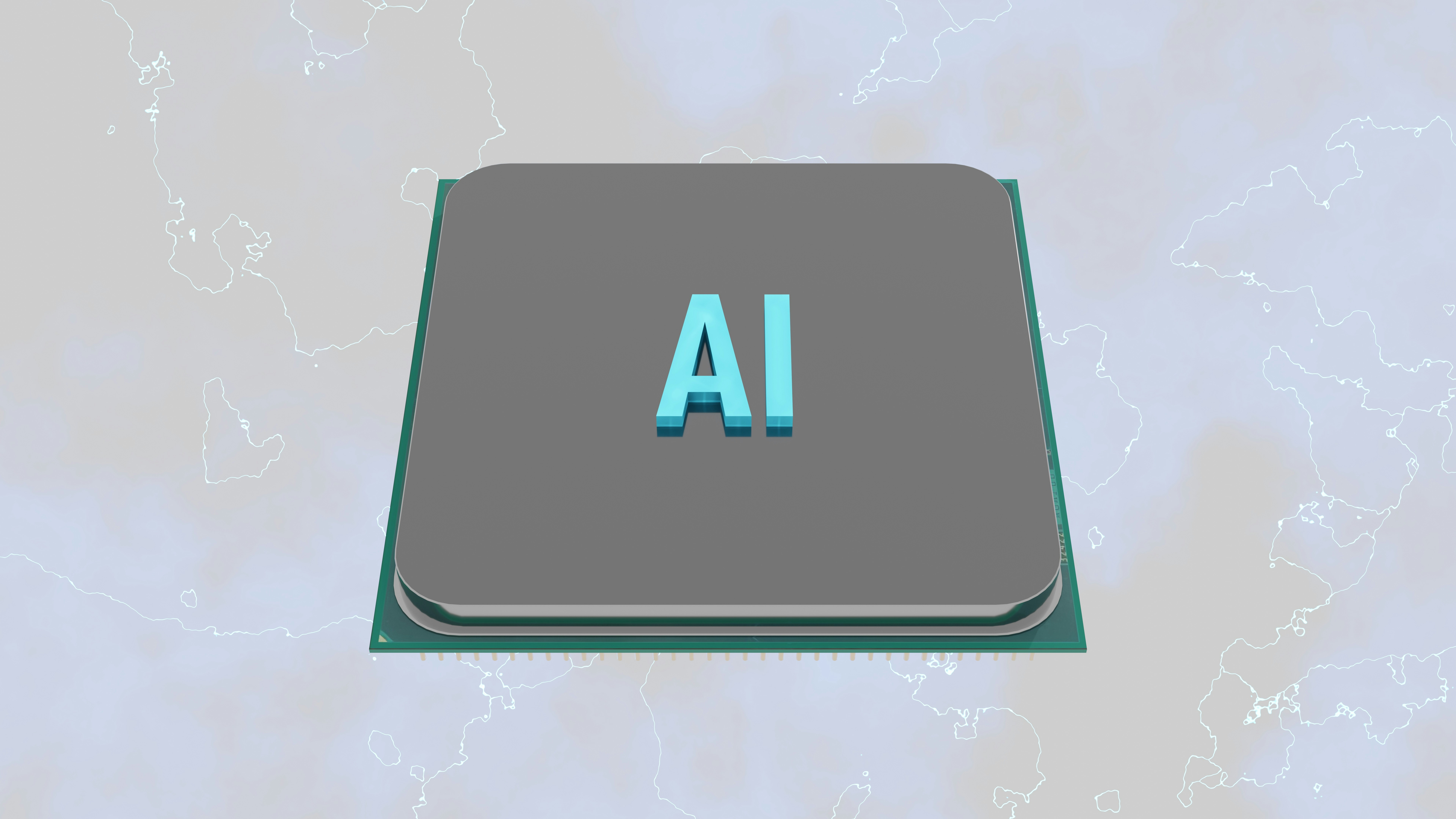
Introduction to Apple’s Liquid Glass Interface
Apple’s upcoming ‘Liquid Glass’ interface marks a bold innovation in the realm of user interaction and experience. This interface is designed to offer a seamless and engaging way for users to interact with their devices, showcasing a visual and tactile quality that resembles the fluidity of liquid. Unlike traditional interfaces, which rely heavily on rigid icons and fixed interactions, the Liquid Glass interface aims to create a dynamic environment that responds to users’ gestures and preferences in real-time.
The anticipated functionalities of this interface are expansive. It is expected to integrate advanced artificial intelligence and machine learning capabilities, allowing for more intuitive interactions. Users may find themselves able to manipulate elements on the screen with a fluid motion that feels organic and effortless. Furthermore, the interface could adapt to the user’s habits, learning from usage patterns to streamline everyday tasks and enhance overall efficiency. This adaptability could potentially redefine how users engage with applications, making it possible for tasks to be completed more quickly and intuitively.
The buzz surrounding Apple’s Liquid Glass interface builds on a legacy of innovation that the company is known for. As demonstrated in past launches, Apple continues to push boundaries, and this new interface is anticipated to set a new standard for technology in the industry. The combination of aesthetic appeal, functionality, and user personalization seeks to elevate the digital experience, promising to captivate developers and users alike. As anticipation grows for its formal demonstration at WWDC, the Liquid Glass interface stands to reshape perceptions of technological interaction, inviting curiosity about its potential impacts on usability and design.
Key Features of the Liquid Glass Interface
The newly unveiled Liquid Glass interface by Apple introduces a collection of standout features that promise to redefine user interaction with technology. One of the most anticipated aspects is the ‘see-through visuals’ capability, which offers an immersive experience by layering results with the physical surroundings. This innovative feature not only enhances the aesthetic appeal but also ensures that users remain connected to their environment, fostering a seamless blend of the digital and physical realms.
Moreover, the Liquid Glass interface emphasizes a fluidity that is often absent in traditional user interfaces. With its dynamic transitions and responsive designs, users can expect an engaging experience where navigation feels more intuitive. Apple’s focus on simplicity and ease of use is reflected in the interface’s ability to adapt fluidly to the user’s gestures and commands, thereby reducing the learning curve and enhancing productivity.
Another significant feature is the transparency aspect, which allows information to overlay directly onto the environment without obstructing it. This characteristic not only supports multitasking but also promotes a new way of thinking about information consumption. Users can interact with applications while maintaining visual awareness of their surroundings, leading to new usage scenarios. For instance, navigating through augmented reality experiences becomes more immersive as users can process real-world elements alongside digital data.
This redesign of Apple’s interface aligns perfectly with the company’s ethos of pushing the boundaries of technology while maintaining a strong commitment to aesthetic appeal. By introducing the Liquid Glass interface, Apple is not just enhancing usability; it is setting a new standard for what users can expect from their devices. The balance of practicality and beauty aims to create a user experience that is truly revolutionary.
Potential Impact on Developers and Users
The introduction of Apple’s ‘Liquid Glass’ interface marks a significant evolution in the design landscape, which bears considerable implications for both developers and users. This innovative interface is expected to redefine how applications are developed and interacted with, enhancing both aesthetic appeal and functional capabilities. For developers, the ‘Liquid Glass’ interface presents a unique opportunity to align their applications with a more fluid and dynamic visual experience. By leveraging the effects of light and transparency, developers can create applications that not only engage users but also possess a modern sophistication that resonates with contemporary design trends.
One key area of impact lies in the potential for immersive applications. As developers embrace the customizable nature of the ‘Liquid Glass’ interface, they can incorporate fluid animations and adaptive elements that respond to user interactions seamlessly. This shift encourages creative experimentation, as developers can tailor their applications to create a more personalized user experience. Furthermore, these enhancements are likely to facilitate new ways of content presentation, allowing users to engage with information in a more engaging format that transcends traditional layouts.
From a user perspective, the interface promises to significantly enhance usability and engagement. The visually striking nature of ‘Liquid Glass’ aims to capture users’ attention, potentially increasing time spent within applications. Users might develop heightened expectations for interactivity and responsiveness, leading developers to prioritize these enhancements in their designs. A well-executed implementation can enhance user satisfaction, fostering loyalty and ongoing engagement. As both developers and users adapt to these changes, the resulting paradigm shift could set new standards in app design and functionality. This development is set to influence not only individual applications but also the broader ecosystem of digital products and services, paving the way for further innovation in the industry.
What to Expect from WWDC 2023
As we approach the much-anticipated WWDC 2023, excitement is building around Apple’s presentation, particularly regarding the unveiling of its innovative ‘liquid glass’ interface. This year’s event promises to deliver a combination of product revelations and technical advancements that are set to captivate the audience. Attendees, whether present in person or engaging virtually, can expect a showcase filled with fresh insights and demonstrations that highlight the mouthwatering potential of the liquid glass interface technology.
The significance of this demo lies not only in its aesthetic appeal but also in its ability to transform user interaction with devices. The liquid glass interface is expected to offer an intuitive and highly responsive experience, potentially redefining the standard for multi-touch inputs and visual displays. The anticipation surrounding this innovation suggests that it could lead to broader applications, influencing design trends and user experiences across Apple’s product line. Given Apple’s emphasis on user experience and seamless integration, the unveiling of this feature is likely to overshadow other announcements at the event.
Key figures in the company, including prominent executives and technology leaders, are expected to speak at the event, sharing their insights and the vision behind this groundbreaking technology. Sessions dedicated to the liquid glass interface will likely delve into its development, functionality, and impact on the future of user interface design. As the presentation unfolds, attendees will undoubtedly be looking for opportunities to engage with this new technology, and the Q&A sessions following the demonstrations will serve as a platform for deeper discussions.
The overall atmosphere at WWDC 2023 is predicted to be electric, with high expectations from both developers and fans eager to witness the next chapter in Apple’s technological journey. The liquid glass interface represents more than just an upgrade; it signifies Apple’s commitment to pushing boundaries and enhancing interaction standards across the board.


